A 65 inch TV is 56.9" wide x 35.5" tall without the stand. Discover the ideal viewing distance for an immersive...
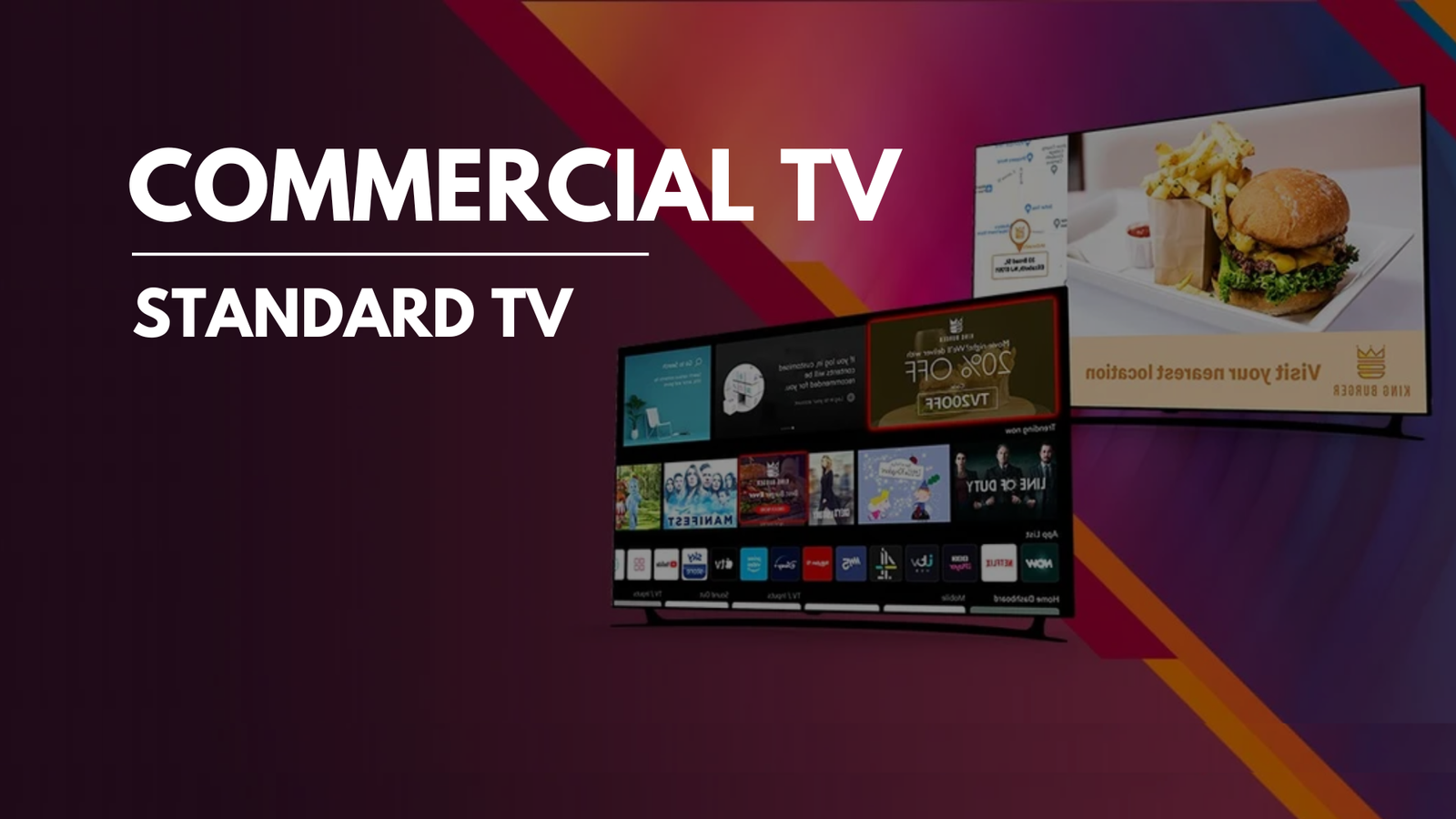
6 Differences Between Commercial TV and Consumer TVs
There are many significant differences between Commercial TVs and Consumer TV in terms of their daily usage and functionality.
We at Ridaex have highlighted six major differences between commercial and consumer grade televisions for years 2024 - 2025. These differences are based on priorities and logical reasoning in the decision making process when purchasing.
1. Brightness Levels
Commercial TVs
32 inch, 43 inch, and 50 inch models are the most commonly used sizes for commercial TVs, with average brightness levels of 300 nits, 450 nits, and 550 nits, respectively.
Consumer TVs
For consumer TVs, the average brightness of a 32-inch model is about 200 nits, while a 50-inch model offers around 400 to 410 nits, depending on the manufacturer.
Reason
Commercial displays have to be visible from longer distances and in bright environments such as malls, food courts, and lobbies. Therefore, brightness is a critical aspect for commercial displays.
2. Contrast Levels
The contrast in LED TVs is defined as the difference between the brightest whites and the darkest blacks, represented by the term "contrast ratio" in standard display language.
Commercial TVs
A typical 32 inch Full HD commercial TV has a contrast ratio around 15,000:1.
Consumer TVs
Some of the best consumer LED TVs have a contrast ratio as high as 5,000:1, which is about a third of the contrast capability of a commercial display.
Reason
High brightness can make screens appear brighter but also scattered. Adding the right level of contrast ensures that commercial displays are eye-catching, even from long distances and under external lighting.
3. Automation
Automation is undoubtedly a major focus in modern commercial TVs and digital signage displays. As technology advances toward automated driving, AI, and manufacturing, brands and marketers are investing in automating commercial displays to reduce manual intervention.
Commercial Displays
Commercial TV can be set to turn on/off based on prescheduled timings and dates, configurable at both hardware and software levels.
Consumer Displays
Consumer TVs, in contrast, generally offer only a sleep timer feature.
Reason
Automation in commercial displays minimizes manual intervention for turning TVs on/off at specific times, preventing resource overuse (like electricity and internet for content syncing) and reducing errors during peak business hours.
4. Signage Application Compatibility
An essential aspect of automation is the ability to sync content remotely over the internet, which is crucial for commercial signage.
Commercial TVs
Most commercial TVs operate on the Android AOSP operating system, which differs from official Android TV systems. These TVs can install external applications directly from the internet and support customized firmware to be installed according the onboard SOC, enabling features like screen rotation and MDM.
Consumer TVs
Designed primarily for home use, consumer TVs mainly support entertainment applications and lack the advanced functionality due to their restricted operating environment.
Reason
Android AOSP commercial TVs are more versatile and support a wider range of applications compared to regular Android TVs. Enhanced security and mobile device management features can also be implemented with firmware customization.
5. Usage Longevity
A standard commercial TV operates around 8 hours daily but is built to support continuous use up to 24 hours a day, 364 days a year, reserving one day for maintenance.
Commercial TVs
Due to prolonged usage, commercial TVs use highly durable backlight strips and fail-safe mechanisms to ensure minimal downtime under extended operations and variety of environments.
Consumer TVs
Consumer TVs typically run for about 6 hours daily, with a maximum usage of 10 hours. Thus, highly durable backlights are not necessary since the generated heat is moderate and doesn’t impact significant economic factors.
Reason
While consumer TV backlights are manufactured for lower daily usage, digital signage displays are designed for round-the-clock operation. This extended operational capacity is essential to avoid financial losses in commercial settings.
6. Build Structure
The build structure of a TV plays a crucial role in housing all components securely, ensuring optimal performance and also balanced alignment with the external structures or additional displays.
Commercial TVs
The built quality of commercial TVs is more rugged and slightly heavier than consumer TVs.
Consumer TVs
While consumer TVs are not built to the same rugged standards as commercial models, they still serve their purpose effectively but aren’t designed for 24/7 operation throughout the year.
Reason
The higher heat generated during operation necessitates a robust build for commercial TVs. Manufacturers prioritize heat dissipation and narrow bezzles in commercial TVs to ensure durability and style.
We hope you have now understand the basic differences between commercial and consumer TVs, along with the reasoning behind these distinctions. Share your thoughts in the comments below and let us know your experiences!




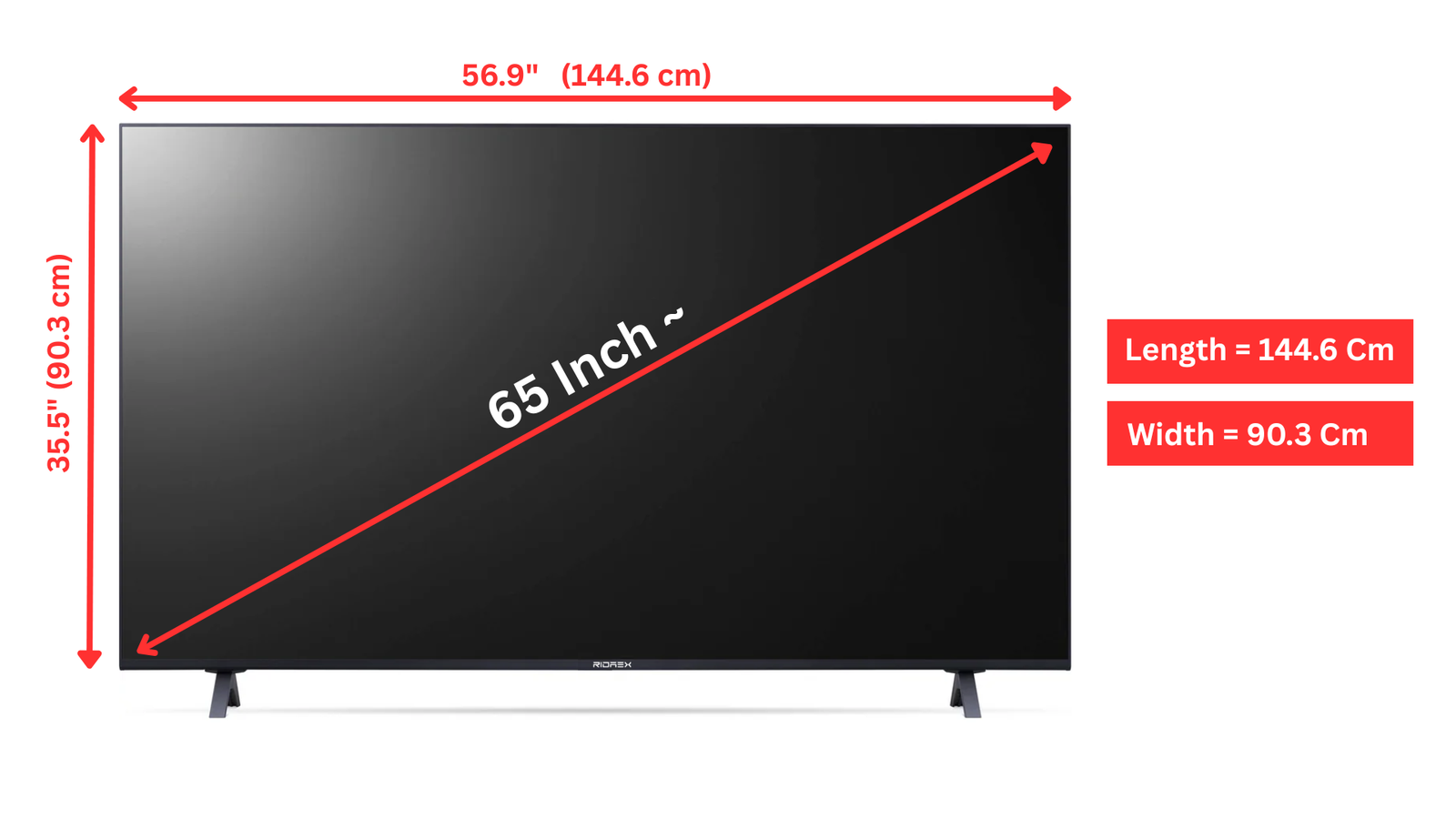
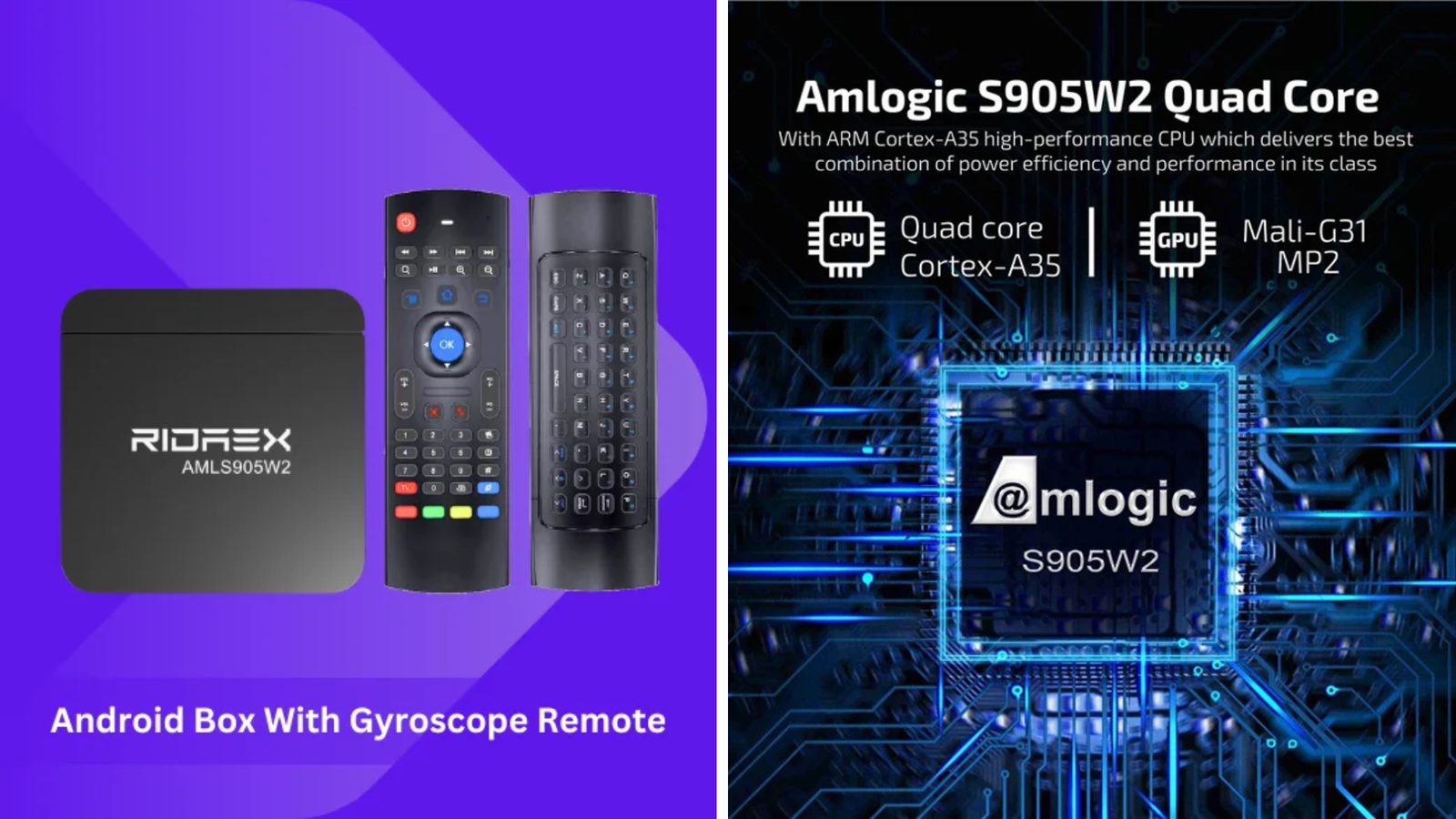
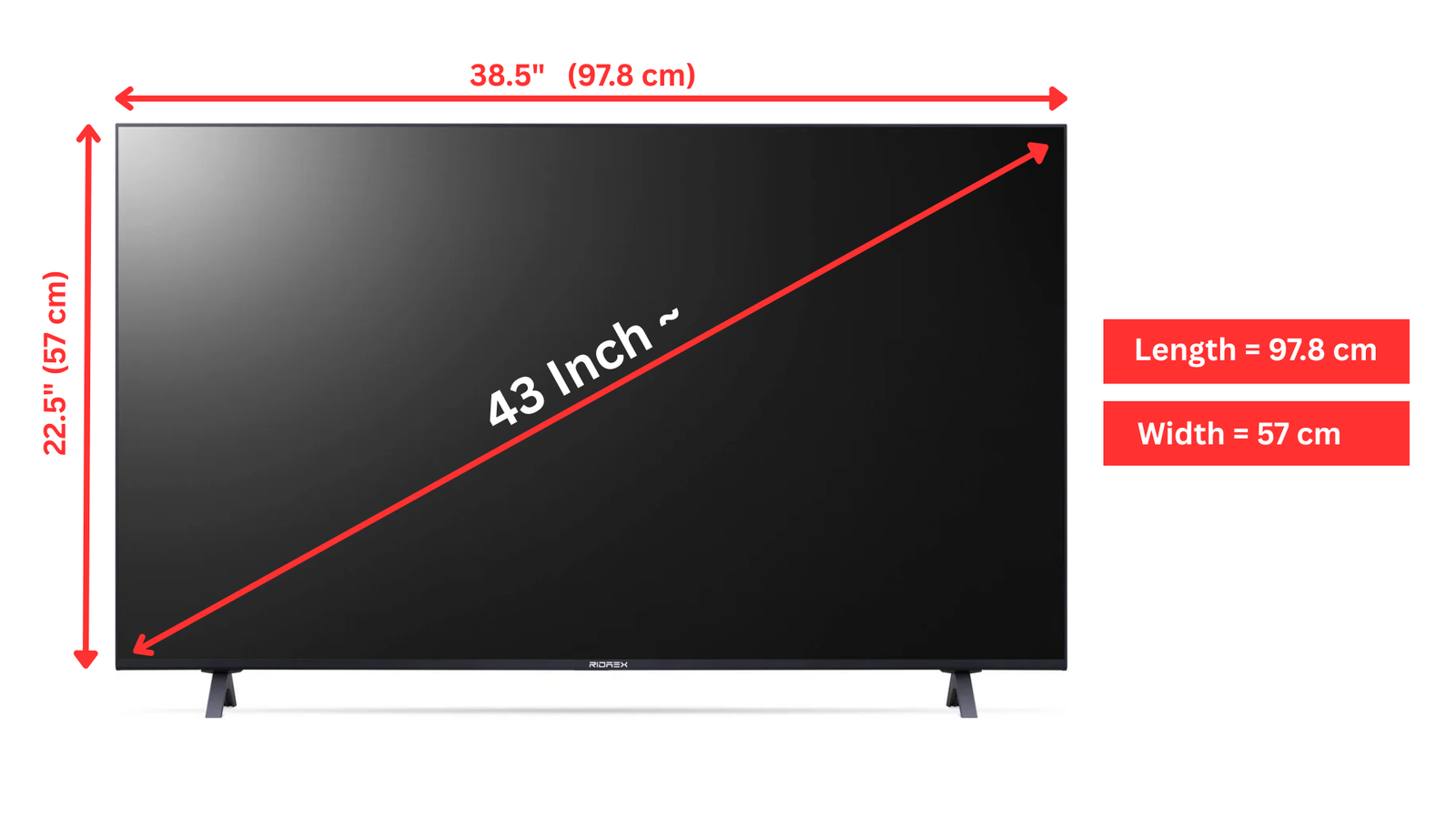
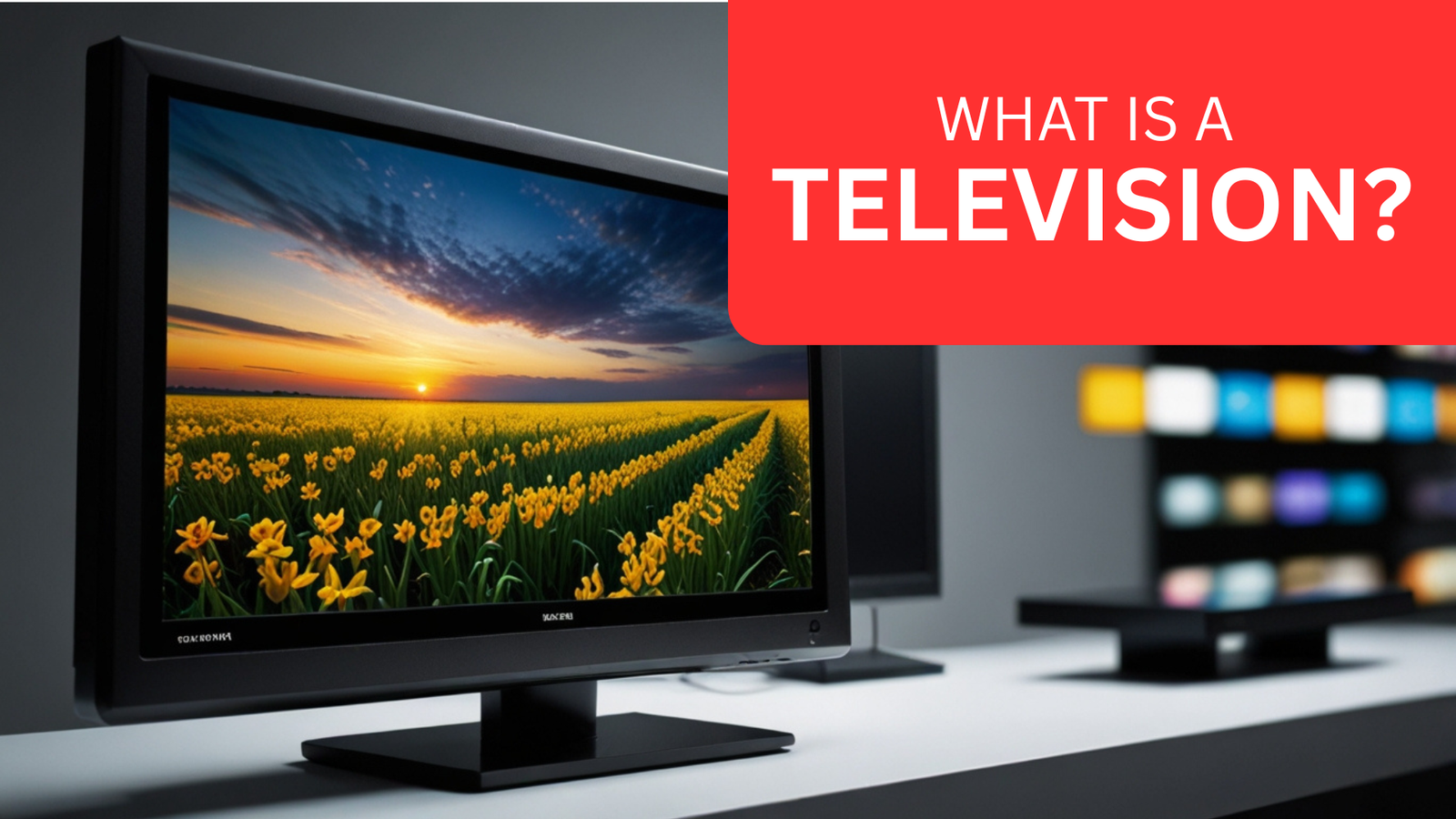











Leave a comment